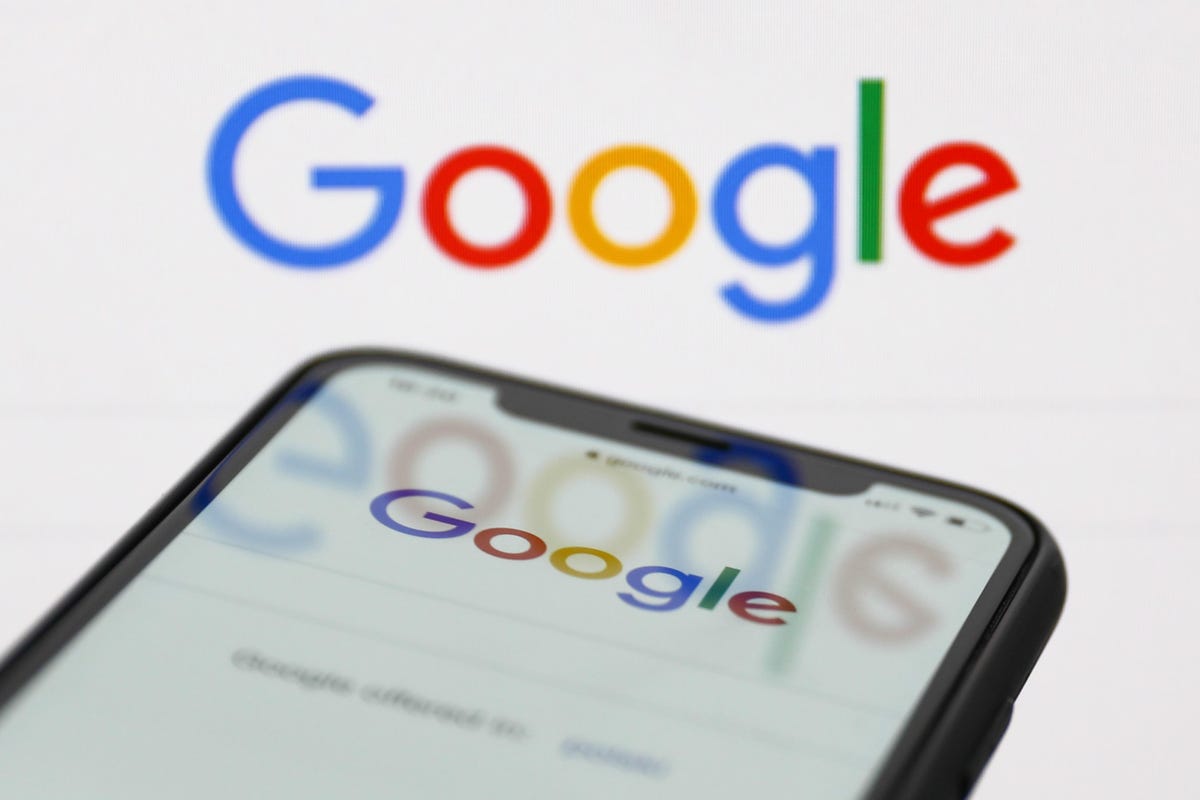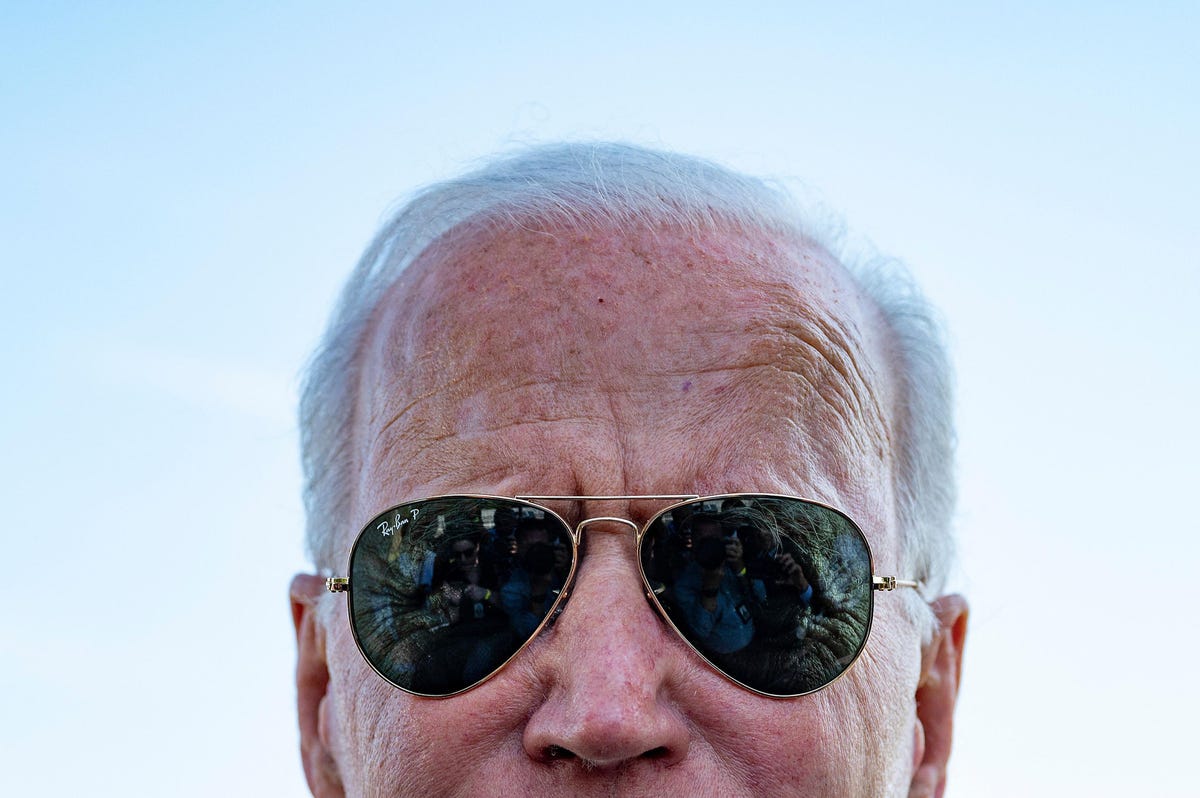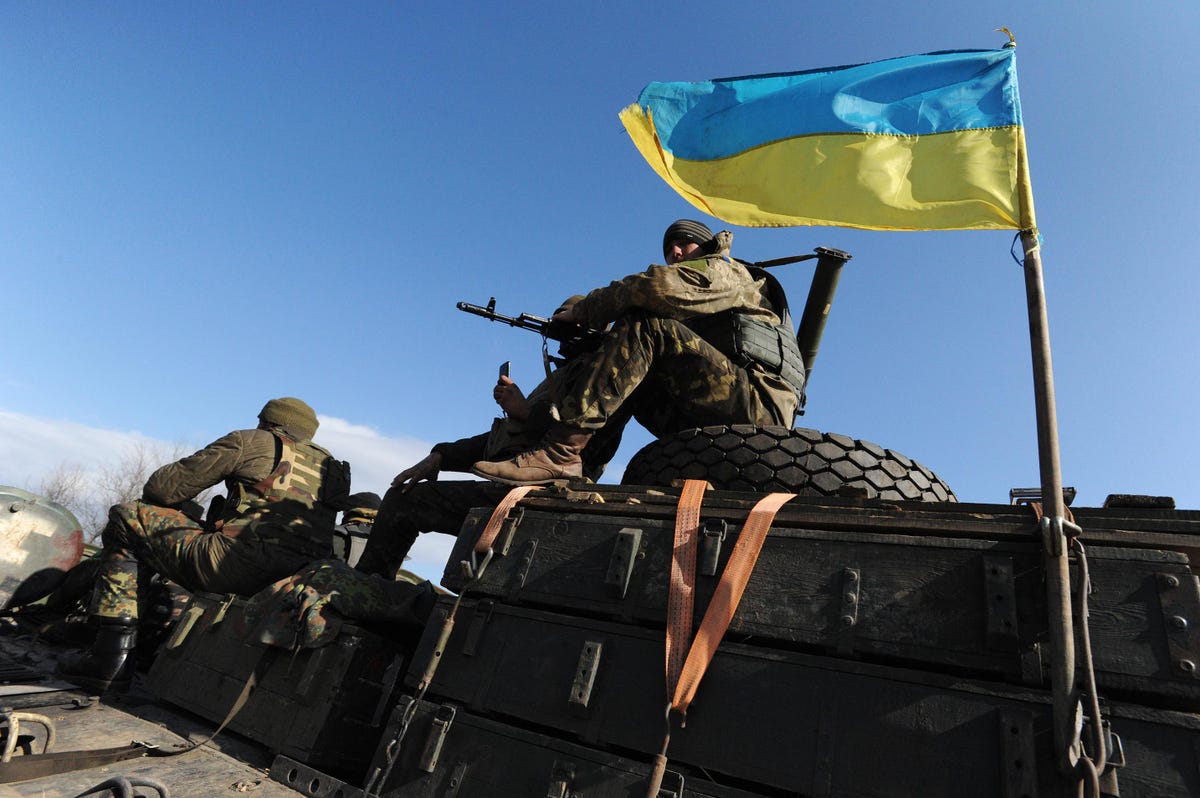Natali Sevriukova reacts subsequent to her home following a rocket assault the town of Kyiv, Ukraine, Friday, Feb. 25, 2022.
ASSOCIATED PRESS
As day promised to show into one other panicked night time in Kyiv on Friday, a good friend approached Eslam Mamdouh with a determined plea. Would Mamdouh drive him 340 miles west to Lviv, a metropolis close to Ukraine’s border with Poland? Mamdouh agreed, although the younger nursing scholar has been reluctant to go away the relative security of the county’s capital metropolis throughout the ongoing Russian invasion. (Troop actions have been laborious to trace. Many of the combating—the most important in Europe since World Struggle II—appears to be occurring additional east, nearer Russia.) They loaded into Mamdouh’s tiny white Ford and headed out of city round 5 as Mamdouh continued to do what he’s executed for the previous a number of days: chronicle the entire thing on Snapchat, together with public posts to the app’s Map perform, which permits anybody on the planet to zoom over to a spot and watch movies uploaded from there.
Reached through a Snap name whereas caught in visitors a short while later, Mamdouh rapidly modified the view on his video, switching the digital camera’s view from himself to the freeway. “You see, you see?” he asks. Up forward, within the distance—troopers. “The military is in every single place now,” he says. “In every single place.” For now, Mamdouh believes, the uniformed figures in Kyiv are Ukranian forces. The prospect of them quickly confronting their Russian counterparts on Kyiv’s streets leaves Mamdouh undeterred from his plan. “I’m going to take my good friend, after which I’m going again,” he says, returning to evenings huddled for defense beneath floor within the subway, as Londoners did a century earlier throughout the Blitz. Having grown up in Egypt, he explains, armed battle is a considerably acquainted sight.
Actually, ever for the reason that Arab Spring swept by way of Mamdouh’s homeland greater than a decade in the past, social media has continued to supply a fancy window to world occasions, presenting entry we as soon as may count on solely by way of cable information. That view on TV was a rigorously vetted, restricted view. Now by way of on-the-ground posts from common residents comparable to Mamdouh, apps like Snap, Telegram, TikTok and Fb provide an infinitely extra expansive glimpse at what occurs. But it surely comes with out the safeguards of a journalistic broadcast, a swirl of non-public missives like those Mamdouh has provided by way of Snap and dis- and misinformation in regards to the state of affairs. (Snap Maps is one thing of an outlier. Since it’s geo-tagged, you may take away some larger confidence that the particular person posting actually is there, not a thousand miles away.) Among the misinformation is intentionally unfold, a few of it unintentionally. It nonetheless ends in the identical factor, an enlarged image of conditions just like the one unfolding in Ukraine, grander than what we may’ve gotten earlier than, however one wherein it may be tough to limn the distinction between the actual and the faux.
Most likely the best distinction between social media use in Ukraine and former conflicts is the nation’s desire to speak by way of Telegram, an app with 400 million customers worldwide however one nonetheless little identified in America. Telegram is likely one of the hottest social networks in Ukraine, a mixture of Twitter, WhatsApp and Fb launched nearly 9 years in the past by a Russian billionaire, Pavel Durov. (A spokesperson for Durov didn’t return a request to remark.) Whereas Telegram has offered a way for Ukranians to speak with one another and the surface world, it has been put to a darker function, too.
“Telegram is the breeding floor for anti-democratic disinformation and conspiracy theories,” says Ksenia Iliuk, a knowledge analyst at Detector Media, which tracks malicious content material on-line. Detector and different researchers have recognized over two dozen channels on Telegram spreading misinformation meant to help Russia. Forward of the invasion, Iliuk says, these Telegram teams targeted on sowing an anti-Western sentiment within the nation, utilizing phrases like “Western reptiloids,” and even sought to propagate a false narrative that the U.S. billionaire George Soros has financed efforts by “proteges of Soros,” “servants of Soros,” and “sorosobots” to shove Ukraine towards America. The Soros tales appear ripped straight from the playbook utilized by conspiracy theorists right here in America, which have sought to make the billionaire right into a liberal bogeyman.
Ukraine movies have recently been a mainstay on TikTok, too. For a lot of the final month, clips purporting to point out the mobilization of Russian troops for a struggle with Ukranian have collected tens of millions of views. (Rob Lee, a doctorate candidate at London’s Kings School, condensed a lot of them into threads on Twitter.) #UkraineWar has amassed 163 million views on TikTok, whereas #Ukraine has 10.9 billion views. (For perspective, #Britain has had simply 2.6 billion.) Not all of that content material is real. One TikTok clip purporting to point out an armed standoff between Ukrainian and Russian solidres—a footage rapidly often called the “Face to Face” video—acquired nearly 20 million views earlier than TikTok appeared to tug it down amid a marketing campaign by researchers to mark it as inauthentic. In a single day, one other standard recording on TikTok got here from an precise skirmish between Ukraine and Russia over Snake Island, a sliver of land within the Black Sea. The video, which the Ukranian authorities has verified as genuine, exhibits 13 Ukrainian troops on the island standing their floor to a Russian warship.
When requested to give up, the Ukrainian troops give this response: “Russian warship, go f—ok your self.” All 13 Ukrainians have been killed. In response, Ukraine will posthumously bestow the best honor attainable on the troops, Ukrainian President Velensky announced earlier in the present day.
For Fb, the Ukraine disaster is a crucial check, the corporate itself beneath siege by critics for its dealing with of disinformation. On Thursday, Fb’s mum or dad firm Meta stated it has established a “Particular Operations Heart” to deal with data being posted to its platforms about Ukraine. “It’s staffed by consultants (together with native audio system) so we are able to carefully monitor the state of affairs and act as quick as attainable,” Meta’s head of safety coverage, Nathaniel Gleicher, stated on Twitter. (Fb has been faulted for working in international locations whereas its content material moderation groups lacked a deep information of the languages used there.) On Friday, Russia stated it might restrict access to Facebook, claiming the corporate has unfairly censor state-sponsored media organizations. Nick Clegg, Meta’s president of world affairs, stated Russia had requested the corporate to cease truth verify work on some retailers’ work.
Not one of the platforms have stated what number of items of content material they’ve faraway from their websites.
Oleh Novikov, an anti-corruption journalist in Ukraine for information web site Slovoidilo, has switched from posting from Telegram to Twitter, hoping his work attracts a broader viewers, together with eyes from the West. He has penned updates from what he has seen in Ukraine, stationed in his Kyiv residence, and made the selection to reshare movies of different journalists and retailers, too. In a single, he shared a dramatic clip of a tank rolling over a automotive on a avenue, which was shot by a journalist he is aware of in southern Ukraine. He vetted it additional with authorities sources, who stated it seemed to be real.
“I’m attempting to publish details about the state of affairs in my nation solely from official sources or from folks I actually know,” he says. “As a result of who is aware of who can I actually belief?”






